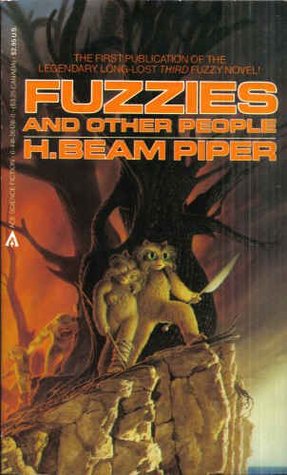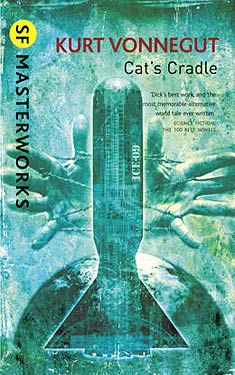Robert Jackson Bennett
Completed 7/29/2018, Reviewed 7/29/2018
4 stars
This self-contained first book of a trilogy is a very
satisfying book indeed. The world
building is phenomenal. It creates a
world with a pantheon of six divinities which created a continent. Bulikov, the holy city is at the center of
the continent and the center of the action of the novel. This city of miracles has been subjugated by
Saypur, an island nation to the south that was once its former colony. All the conflict that occurs are because of
the war which turned the tide against Bulikov.
This is a highly readable, very intense novel which I found myself excited
to be reaching for every day.
That’s the background.
The plot revolves around Shara, a Saypuri operative who comes to Bulikov
under the guise of a junior cultural ambassador to investigate the death of a Saypuri
professor, Efrem Pangyui. He came to
Bulikov to study the history of the city and its conqueror, the Kaj. This causes an uproar because the denizens of
Bulikov are not permitted to remember their history, particularly the
divinities who were assassinated by the Kaj.
Shara is accompanied by Sigrud, her terrifying Viking-like
secretary. Together they uncover a violent
plot to overthrow the Saypuri dominance over Bulikov.
The plot is complex-sounding because it is wonderfully
multi-layered. There are subplots
underlying the basic murder mystery of the professor. The layering is enhanced by the prose. It’s not too flowery; it has just the right
amount of description to enhance the world building without it becoming overbearing. The combination of the plot and the prose made
me want to find out the history of the city, the divinites, and the magic. It was done with just the right amount of
info-dump, written in a way that was both informative and intriguing.
The characterization is strong, with fleshed-out supporting
characters. My favorite was Sigrud,
Shara’s “secretary”. He’s really a bodyguard
slash strong-arm slash right-hand man who relishes doing the dirty work for
Shara. He comes from the north pirating
country and is basically a Viking. He’s a
quiet, calm, operative’s assistant, but also a berserker who doesn’t flinch when
confronted by a group of terrorists or a sea monster.
There are loads of magical items called miracles left by the
gods and their saints. Some still work,
some don’t. For example, a flying carpet
whose threads will lift tons of steel or a door that will transport you to its
matching mate. And there’s miracles to
be incanted with hand gestures or baubles to perform actions like hide you in
plain sight or take you to the old city.
The author just gives you enough not to overwhelm you, but leave you
wanting more.
I give this book four out of five stars. I really enjoyed the book. It’s an intelligent fantasy set in somewhat
modern times built out of worlds that resemble ours. Bennett is a good writer and I think I would
enjoy reading the rest of this series. I
can see why it was nominated for so many awards when it came out.







